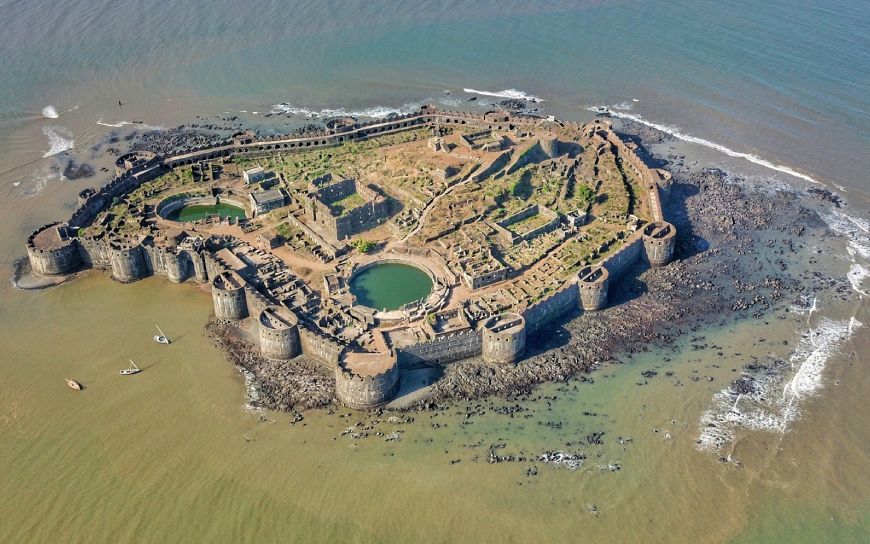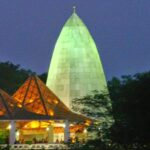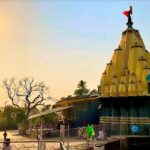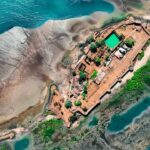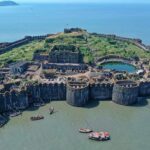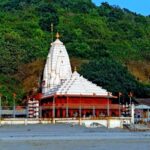Janjira Fort, also known as Murud-Janjira Fort, is a renowned fort located in the Raigad district of Maharashtra, India. The fort is situated on an island in the Arabian Sea and is famous for its impressive architecture and rich history. In this SEO-friendly blog, we will explore the history, architecture, and significance of Janjira Fort.
History of Janjira Fort:
The exact origin of Janjira Fort is still unknown, but it is believed to have been built in the 15th century by a local chieftain. Over time, the fort was ruled by different dynasties, including the Ahmednagar Sultanate, Bijapur Sultanate, Marathas, and the British. The fort was known for its impenetrable walls and strong defense mechanisms, which made it almost impossible for enemies to conquer.
Architecture of Janjira Fort:
The fort is situated on a rocky island, surrounded by the Arabian Sea, and is accessible only by boats. The walls of the fort are approximately 40 feet high and are made of locally sourced stones and lime. The fort has several towers, bastions, and cannons, which were used for defense during battles. The architecture of the fort is a blend of Indian and European styles, which is evident in the intricate carvings, arches, and domes.
Significance of Janjira Fort:
Janjira Fort is a testament to the rich history and cultural heritage of Maharashtra. The fort has withstood numerous attacks over the centuries and has played a significant role in the defense of the Konkan coast. Today, the fort is a popular tourist destination, attracting visitors from all over the world. The fort is also a great spot for photographers, who can capture the stunning views of the Arabian Sea and the surrounding landscape.
In conclusion, Janjira Fort is a must-visit destination for anyone interested in history and architecture. The fort is a beautiful example of the architectural brilliance of the past and is a reminder of the rich cultural heritage of Maharashtra. If you are planning a trip to Maharashtra, make sure to add Janjira Fort to your itinerary.

